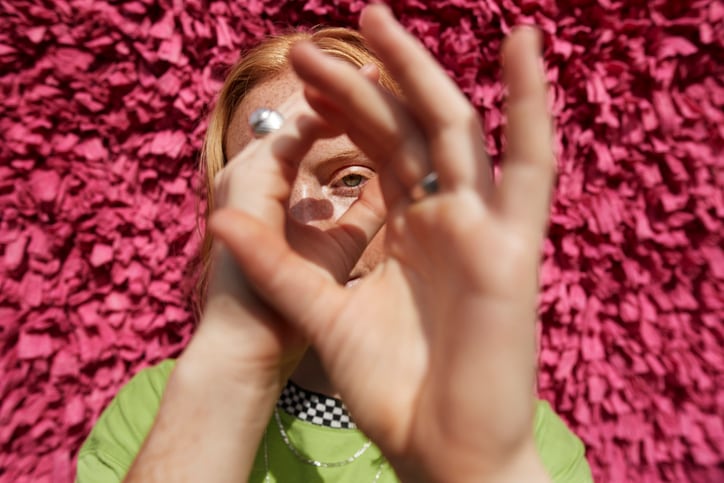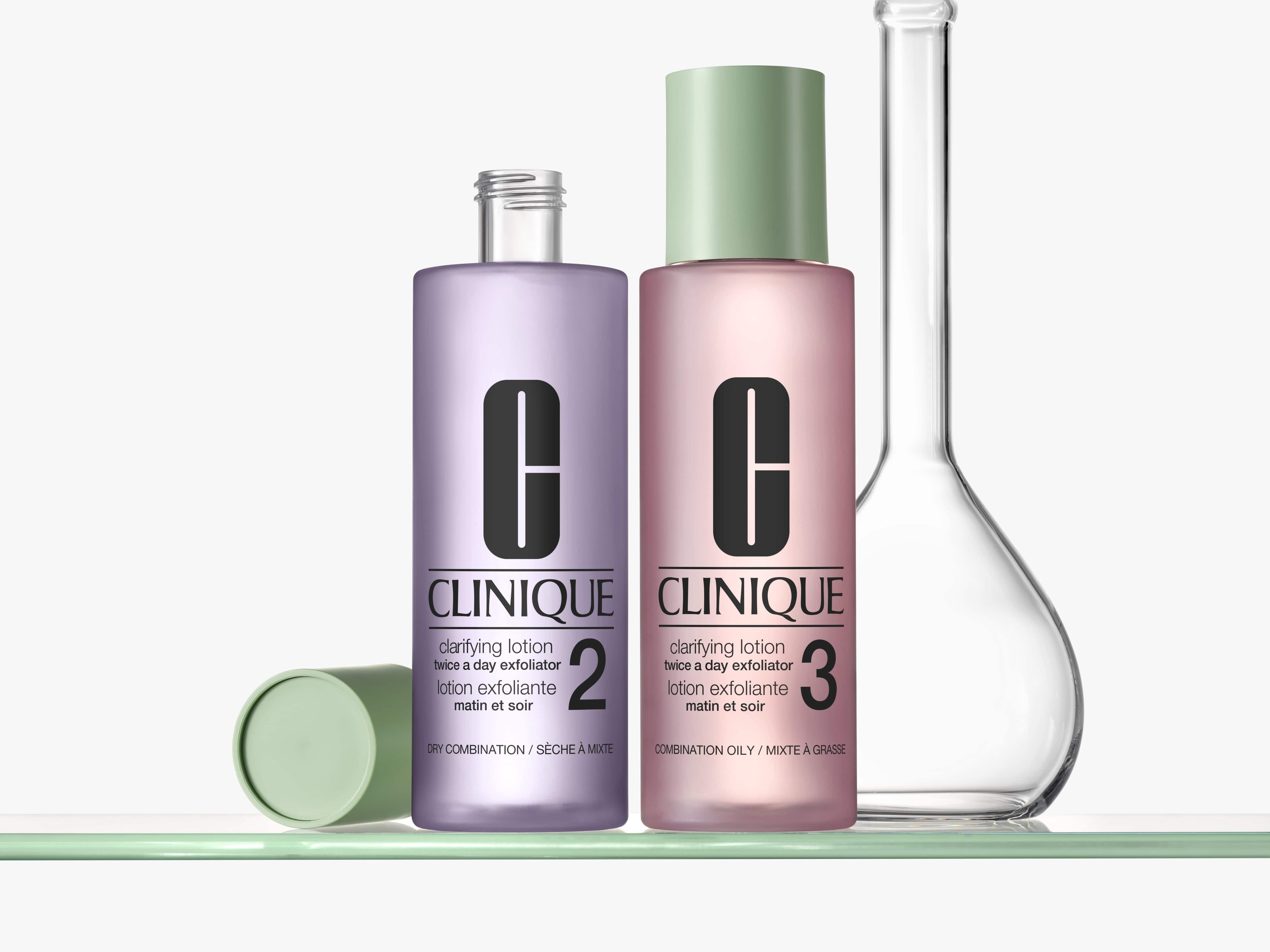Last year, CosmeticsDesign-Europe identified green beauty and self-care society as two top beauty trends to watch in 2021 in the EMEA region, where sustainability and good-for-the-planet beauty was set to become paramount and investment in wellbeing fast evolve. And these two trends married into what Tina Choi-Odenwald, research director and head of beauty and home at German market research firm GIM [Gesellschaft für Innovative Marktforschung], defined ‘mindful consumption’.
Speaking at last month’s digital SEPAWA 2021 event, Choi-Odenwald said mindful consumption was an increasingly important consumer trend across many industries, including beauty.
Mindful consumption a ‘very holistic’ and ‘complex’ matter
“When we talk about mindful consumption, it’s a very holistic concept because there are a lot of things going into this term. It’s about the environment and sustainability but also health aspects, for example, doing something good to respect yourself, your body, and also respect others. It’s a very complex and diverse matter,” Choi-Odenwald told attendees.
And there were plenty of terms – used by industry and consumers alike – that played into mindful consumption, she said, including sustainable, natural, organic, ethical, eco-friendly and healthy, among others.
The complex part to understanding mindful consumption from the consumer-side, she said, was that some of these terms also had varied interpretations amongst shoppers, like ‘sustainable’.
The layers of sustainability – from climate to social to economic
Findings from a recent GIM online survey of 1,500 consumers in Germany across 15 industries, for example, identified five different consumer perceptions to sustainability: climatic sustainability; resource sustainability; ecological sustainability; social responsibility; and economic sustainability.
Survey findings indicated ‘resource sustainability’, which represented a focus on saving resources like water, ingredients and arable land, and ‘ecological sustainability’ that considered protecting the planetary ecosystem, were “top of mind” amongst consumers when thinking about sustainability. Choi-Odenwald said: “It doesn’t mean that climatic sustainability is not important for consumers, it just means it’s not what they primarily connect to the term sustainability.”
The top drivers for sustainable consumption, she said, were ‘better for the environment’ and ‘better for me’, but there were also plenty of consumers shopping sustainably to simply follow the trend.
But, within all of this, and what was critical, she said, was consumer perception. “It’s one thing to have the perfectly sustainable product, but if it’s not bought or perceived as such, it’s no good.”
‘Reality is not always in line with consumer beliefs’
For example, plastic was the “new no-go” in beauty today, even recycled plastic, she said, because of the first impressions it created with consumers. “If you see a plastic container as a consumer you can practically see it already floating in the sea; you connect it to a lot of different problems we have today.”
Cardboard, paper and glass, however, had far better connotations for consumers, she said, even though these were not always the most sustainable alternative. “Reality is not always in line with consumer beliefs, especially when it comes to sustainability. So, it’s very important to educate, to explain, or otherwise you might end up appearing unsustainable, even if you have a very sustainable product concept.”
Manufacturers and brands with well-refined sustainable formulations and packaging, therefore, had to clearly communicate this to the end consumer in a way that was “easily understood and comprehensible”, she said.
Responding to an audience question, she added: “Consumers don’t want to be patronised and they might not believe everything, even if it’s true, if it is against their gut feeling.”
Asked by CosmeticsDesign-Europe if beauty brands should focus on sustainability perceptions or sustainability actions, Choi-Odenwald said: “That’s a tricky question. It’s a balance act I would say. It’s good to educate, and necessary, because we want true sustainability and not only to aid their perception. But, on the other hand, not to patronise. Education can only work to a certain degree. But from a global perspective, it’s of course better to act not only for the perception of consumers but to truly try and change something.”
Communication and storytelling were also important in overcoming the belief-behaviour gap around sustainability, she said.
The ‘big gap’ between belief, mind and behaviour
“There is a gap, a quite big gap sometimes, between your belief, your mind and your behaviour. Many consumers consider aspects such as environmental protection or fair trade to be relevant and desirable, yet when they go out shopping, they tend to act against these convictions. Not always, but often, and for different reasons.”
Sometimes it was price-related, she said, other times the decision not to purchase these items were based on convenience or routine. For beauty, Choi-Odenwald said the belief-behaviour ‘gap’ was often linked to a consumer focus on performance and end results and appearance. “Not always, but often, consumers think that sustainable products are not as strong in performance compared to non-sustainable products. It’s just the chemical aspect.”
But there were also other important reasons why consumers could be interested in sustainability but not ready to invest in it, she said, including lack of knowledge, transparency and conviction, as well as delegation of responsibility – the latter of which was where consumers believed businesses were strongly obliged to take responsibility for sustainability.
Beyond investment in communication and consumer education, Choi-Odenwald said certifications or product seals and storytelling were important here, though the latter had to be authentic and credible, she said. Conviction, therefore, was critical to the successful marketing of sustainable beauty products, she said.
“Conviction and consistency are very important here – to tell a story people can believe, to also prove it’s true, of course, and be consistent in it.”




